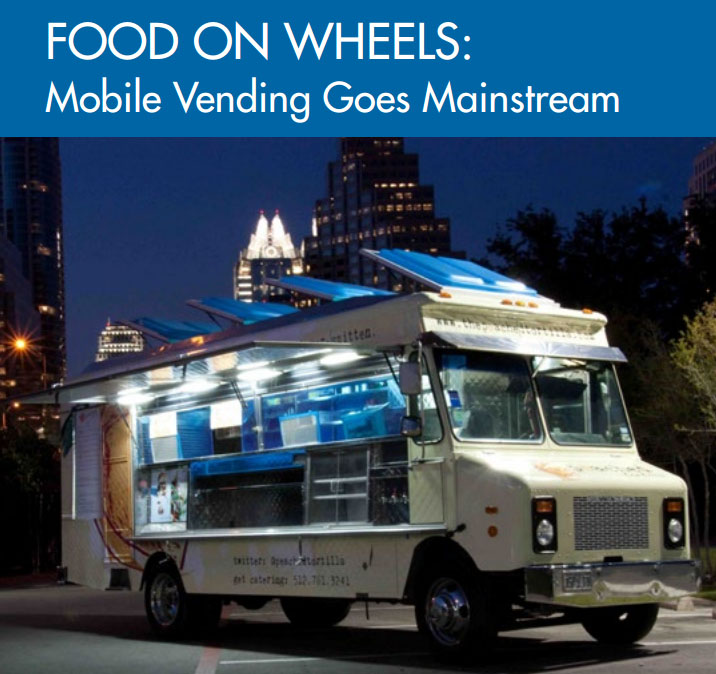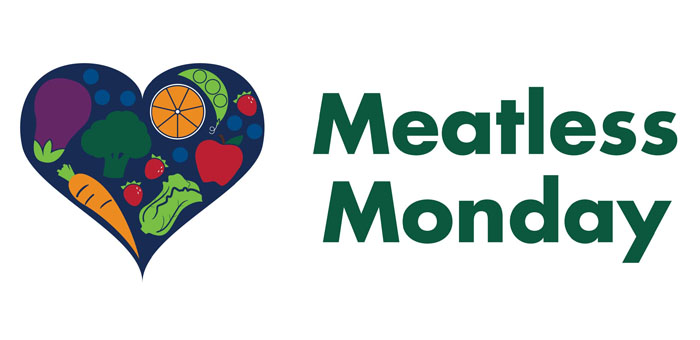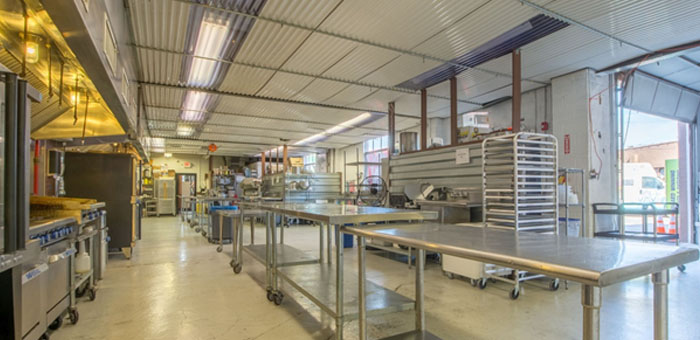The National League of Cities (NLC) recently released a study in which they looked at the mobile food industry and how cities can implement best practices to bring food trucks to the streets of their communities. Based on recurring themes and commonalities they grouped regulations into four policy areas: Economic activity, public space, public health and public safety with recommendations provided for each.
Mobile food vending generates approximately $650 million in revenue annually and the industry is projected to account for approximately $2.7 billion in food revenue over the next five years. The problem they found was that most cities are legally ill-equipped to harness this expansion since there is no “one size fits all” prescription for how to most effectively incorporate food trucks into the fabric of a community.
Stakeholder Assumptions
While conducting their research they have found the major players involved in most of the food truck discussions across the same players, each having their own motivations and preferences when it comes to the laws developed to regulate the industry.
Of course there are the mobile vendors and food truck/industry associations who prefer an approach of looser regulations, clear, narrowly tailored laws, and streamlined procedures.
Restaurants and restaurant associations favor stricter regulations that limit competition from food truck vendors. The community at large hold quality of life concerns, including fear of negative spillovers (congestion, noise, pollution, etc.) as primary concerns, but also harbor a strong desire for community vibrancy. At the same time, community members generally prefer more food options to fewer.
City government who will ultimately write and institute the industry regulations have to balance the interests of the other stakeholders. Their priority is a desire for economic vibrancy and revitalization, administrative ease, effective enforcement through regulatory clarity, and options that are budget friendly and cost-effective.
To get their data, the NLC looked at thirteen cities of varying size and geographic location for the basis of the data for the study.
LOW POPULATION DENSITY: Durham, NC, New Orleans, LA, Indianapolis, IN, Atlanta, GA and Austin, TX
MODERATE POPULATION DENSITY: Cincinnati, OH, Denver, CO, Las Vegas, NV, Portland, OR, St. Louis, MO
HIGH POPULATION DENSITY: Oakland, CA, Washington, DC, Boston, MA
Information on vending regulations within each of these cities was collected and analyzed, and supplemented with semi-structured interviews with city staff and food truck vendors. Ultimately the study provided 5 recommendations for cities to use to ease the process of updating their regulations for mobile vending.
- Hold Town Hall Forums and Private Meetings with Core Stakeholders.
- Encourage Dialogue and the Building of Relationships Among Competing Stakeholders.
- Implement Pilot Programs to Determine What Regulations to Adopt.
- Use Targeted Practices as a Way to Address Underserved Areas of the City.
- Identify Private Vacant Lots and Create Partnerships for Mobile Vendors to Gather and Vend in the Same Location.
While the study provided many more suggestions in different topical areas, they agreed with a common theme here at Mobile Cuisine. Food trucks are not a fad and cities should look at their outdated regulations concerning mobile vending to embrace the mobile food industry no matter the size of the city.
The recommendations provided by the NLC study can serve as a road map that will help cities establish a regulatory framework best suited to their unique circumstances and that takes into account the whole spectrum of stakeholder needs and concerns.




